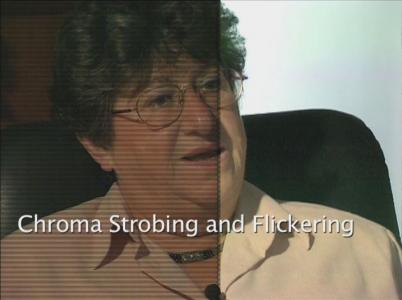Restoring memories of the Holocaust
In the nineteen nineties, videotape was the most effective format on which to record the testimonies of Holocaust survivors and other witnesses. But like all physical storage media, tape has a shelf life, and in 2008 the Institute and USC Information Technology Services (ITS) started a multimillion-dollar project to digitize the entire Visual History Archive.
Over the next four years, the Institute and ITS ran every tape through a system that generated digital files for every interview. It was during that process that multiple errors were identified on more than 12,000 tapes—errors that, if not corrected, would mean the loss of picture and sound quality for thousands of survivor interviews.
“Given the age of the tapes, we knew we’d encounter picture and sound problems, and we were able to fix many of them during the preservation process,” said Anita Pace, Director of Technology for the Institute’s ITS department. “But what made these 12,000 tapes different is that each of them exhibited multiple kinds of problems at the same time—analog dropout, chroma strobing, flickering—which poses more of a challenge.” (See examples below.)
With funding from the University, the Institute put its coders and interns to work. They designed custom software tools that work in conjunction with machines to read and correct problems as they find them; the project began in autumn 2012 and is slated for completion next spring.
“2014 will be a milestone year not only because it will mark the 20th anniversary of the Institute, but also because the restoration of the testimonies is further assurance that the memories of the survivor generation will endure in perpetuity,” said Stephen D. Smith, Executive Director of the Institute.

Like this article? Get our e-newsletter.
Be the first to learn about new articles and personal stories like the one you've just read.